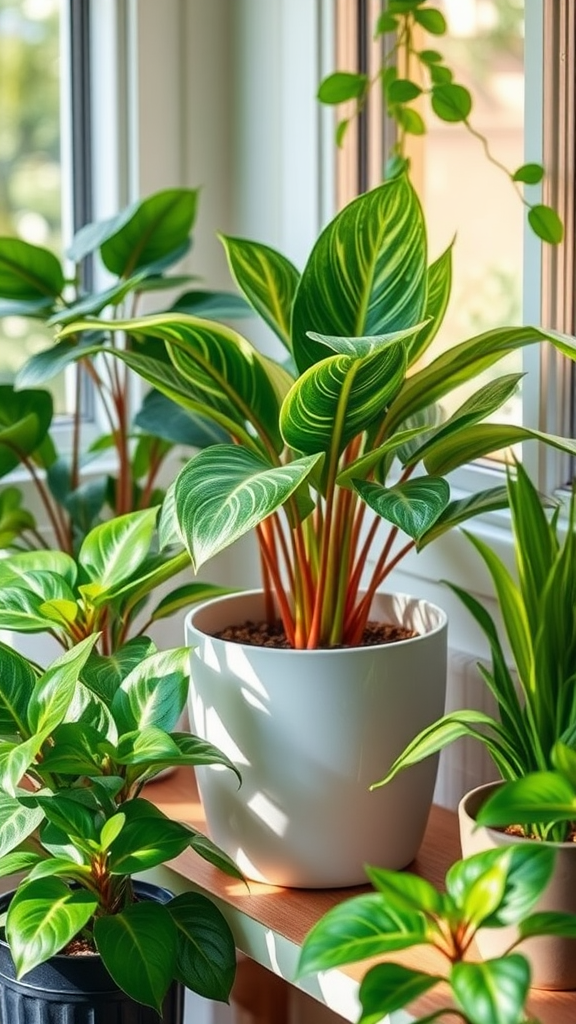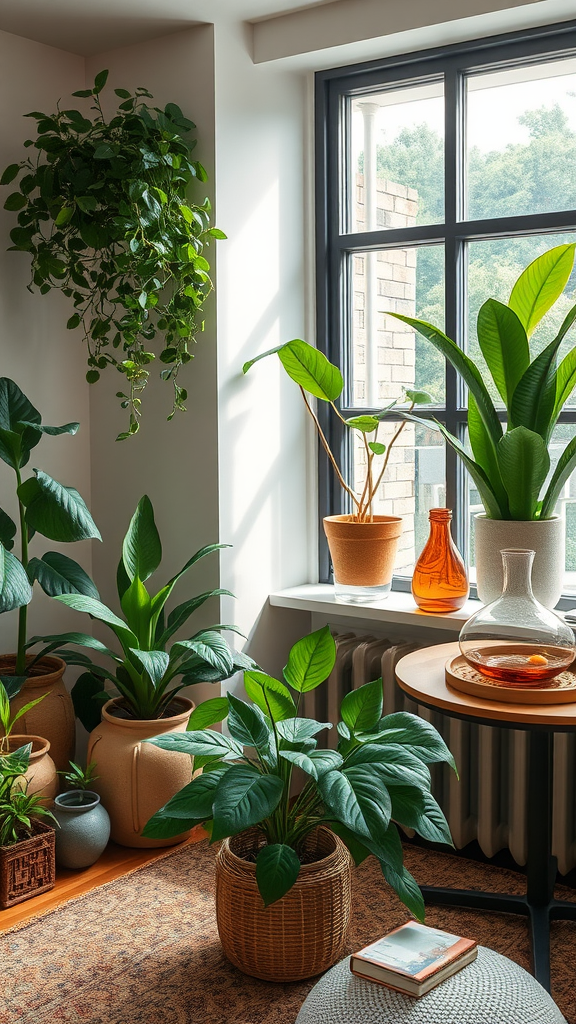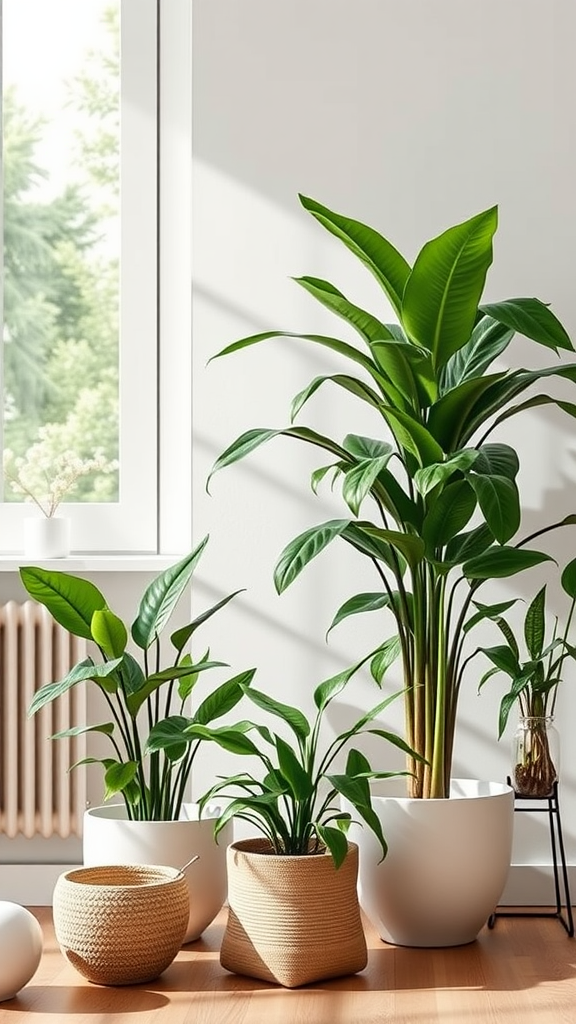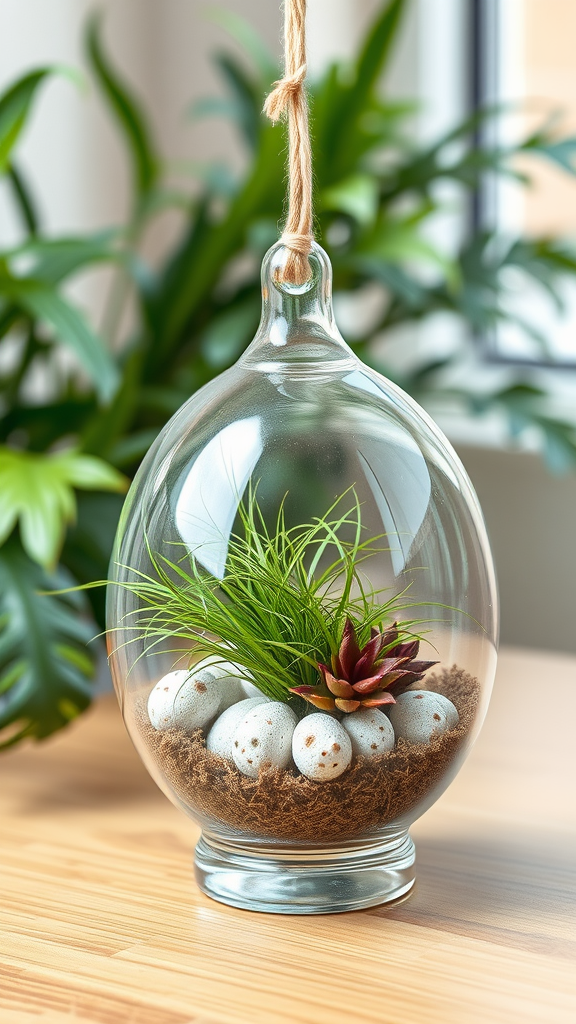Essential Summer Houseplant Care Tips to Keep Your Greens Thriving in the Heat
Summer is a vibrant time for plants, but the heat can also be challenging for houseplants. If you want your greens to flourish, you’ll need to pay special attention to their needs during these warm months. Here are some essential tips to keep your summer houseplant care on point and ensure that your indoor jungle not only survives but thrives.
1. Adjust Watering Routines
As temperatures rise, plants tend to use more water. This means it’s crucial to adjust your watering schedule. Always check the top inch of soil; if it feels dry, it’s time to water. However, be careful not to overwater, as soggy soil can lead to root rot. A good rule of thumb is to water in the early morning or late afternoon to prevent evaporation.
2. Monitor Humidity Levels
Most houseplants prefer humidity levels between 40% and 60%. During hot summer days, indoor air can become quite dry, especially with air conditioning. Here are some ways to keep humidity levels up:
- Group your plants together to create a microclimate.
- Use a humidifier to maintain moisture in the air.
- Place trays filled with water and pebbles beneath your plants.
3. Choose the Right Spot
Finding the perfect location for your houseplants is key. Many plants enjoy bright sunlight, but too much direct light can cause leaf burn. Try to position your plants where they can receive bright, indirect light. A sheer curtain can help diffuse harsh sunlight. Additionally, consider the temperature of the room, ensuring it stays comfortable for your plants.
4. Fertilize with Care
Summer is generally a growth period for many houseplants, so they may benefit from fertilization. However, over-fertilizing can be harmful. Use a balanced, water-soluble fertilizer at half-strength to avoid “burning” the roots. Fertilizer should be applied every 4-6 weeks during the growing season, increasing the frequency if your plants show signs of vigorous growth.
5. Prune Regularly
Summer is an excellent time to prune your plants to promote healthy growth. Remove any dead or yellowing leaves and trim back overgrown stems. This not only encourages new growth but also helps prevent pests from taking hold. Use clean, sharp scissors to make the cuts clean and precise.
6. Watch for Pests
Hot weather can attract pests like spider mites and aphids. Keep an eye on your plants for signs of infestation, such as sticky residue, webbing, or discolored leaves. If you do notice pests, act quickly. Use a gentle insecticidal soap or neem oil to treat the affected areas, ensuring you follow the instructions for application. Regularly inspecting your plants will help catch issues early.
7. Allow for Air Circulation
Air circulation is vital for maintaining healthy plants. Good airflow helps keep humidity levels balanced and prevents mold growth. If your plants are crowding each other, consider spacing them out. A small fan can also help promote airflow without disturbing the plants.
By taking these steps, you can ensure that your houseplants stay healthy and vibrant throughout the summer months. Regular care and attention will set your plants up for success, letting you enjoy the beauty of your greens for many seasons to come.
Understanding the Impact of Heat on Indoor Plants and How to Mitigate Stress
As summer rolls in, indoor plants can face a whole new set of challenges. The increased heat can stress your beloved greenery, leading to drooping leaves, yellowing foliage, and even stunted growth. Understanding how heat impacts your indoor plants is crucial for their health and vitality. Here’s how you can help them thrive in the warmer months.
The Effects of Heat on Indoor Plants
Heat can create a tricky environment for plants that are used to more moderate temperatures. When the mercury rises, several things can happen:
- Water Loss: High temperatures can increase the rate of evaporation from the soil, making it vital for you to monitor moisture levels closely.
- Leaf Burn: Direct sunlight combined with heat can scorch the leaves, leading to crispy edges that can damage the plant.
- Stunted Growth: Excessive heat can slow down photosynthesis, meaning less energy for growth.
- Pest Infestations: Warm conditions can also create a breeding ground for pests like spider mites and aphids, which can wreak havoc on plant health.
How to Mitigate Heat Stress
To maintain the health of your indoor plants during the summer, consider these strategies that can help mitigate the stress caused by heat:
1. Adjust Watering
In warmer weather, your plants may require more frequent watering. Check the top inch of soil; if it feels dry, it’s time to give them a drink. However, be careful not to overwater, as this can lead to root rot. Always ensure pots have drainage holes to allow excess water to escape.
2. Enhance Humidity
Indoor heat can reduce humidity levels, making the environment even harsher for many tropical plants. You can boost humidity by:
- Placing a humidifier nearby.
- Grouping plants together, as they release moisture into the air.
- Using a pebble tray filled with water under your pots.
3. Redirect Sunlight
During summer, the sun’s rays can become quite intense. Consider adjusting the position of your plants to avoid harsh midday sunlight. For plants that love the sun, find a balance by placing them where they get morning light but are shaded during the afternoon.
4. Rotate Plants Regularly
By rotating your plants regularly, you can ensure that they receive even light distribution. This promotes balanced growth and minimizes the risk of one side becoming burnt or leggy, trying to reach for the light.
5. Clean Leaves
Dust and debris can accumulate on the leaves, making it harder for plants to photosynthesize effectively. Regularly wiping the leaves with a damp cloth not only keeps them clean but also allows them to absorb more light and moisture.
6. Use Mulch
Applying a layer of organic mulch on top of the soil in your pots can help retain moisture and keep the roots cooler. This simple step can significantly reduce the stress on your plants during hot spells.
7. Pay Attention to Pests
As temperatures rise, pests may become more active. Check your plants frequently for any signs of infestation. If you spot any, consider using insecticidal soap or neem oil to manage them effectively.
By proactively addressing heat challenges, you can ensure that your indoor plants not only survive the summer but flourish. Remember, each plant species has different needs, so take the time to understand your specific varieties. With the right care and attention, your indoor garden can thrive even during the hottest months of the year.
Conclusion
As the summer heat rolls in, keeping your houseplants vibrant and thriving can be a rewarding yet challenging endeavor. By implementing the essential care tips outlined—such as adjusting watering schedules, providing adequate humidity, and carefully choosing plant-friendly locations—you can significantly enhance the well-being of your greens. It’s crucial to understand that heat can stir stress in your plants, leading to wilting or unwanted leaf drop if not addressed properly.
Awareness is key: recognizing signs of heat stress and acting promptly can make all the difference. By placing plants away from direct sunlight during peak hours or using barriers like sheer curtains, you can help shield them from excessive heat while still allowing soft, filtered light to nourish them. Remember, a little extra attention during summer goes a long way.
Also, don’t overlook the importance of consistent humidity levels. Plants that thrive in humid conditions might require additional misting or the use of humidity trays to stay happy. Choosing potting mix that retains moisture without becoming soggy will also promote healthy root development.
Before you know it, your indoor garden will not only survive the summer heat but flourish, bringing joy and beauty to your home. Embrace these tips as part of your summertime routine, and watch your houseplants thrive during the hottest months of the year. With just a little effort, you can cultivate a vibrant green oasis indoors, even when the temperatures rise outside.




